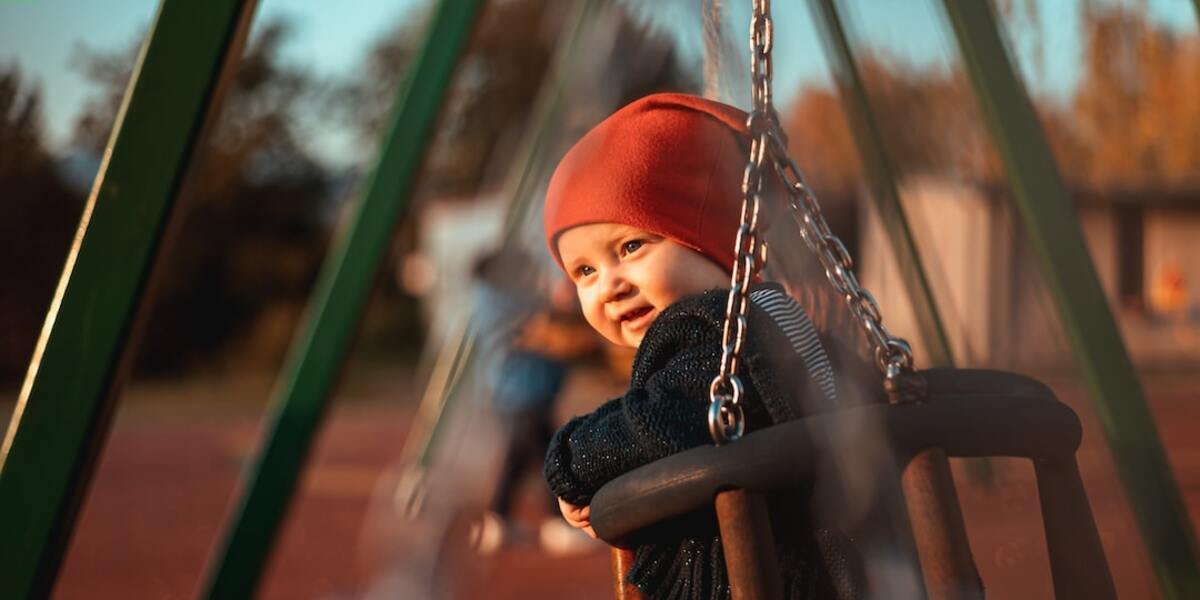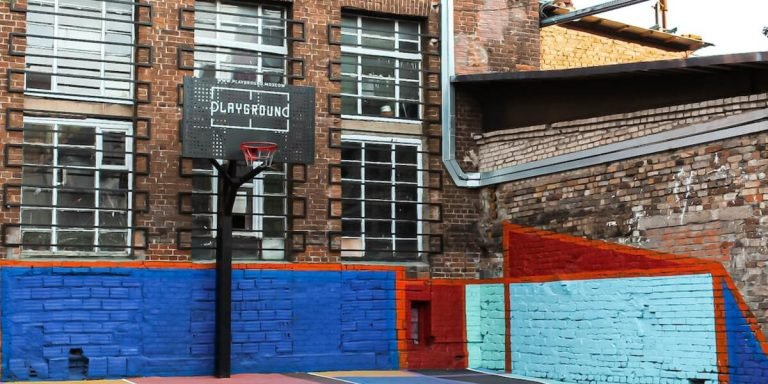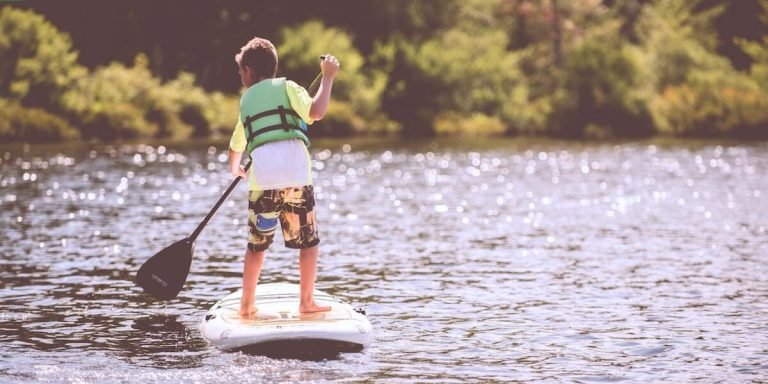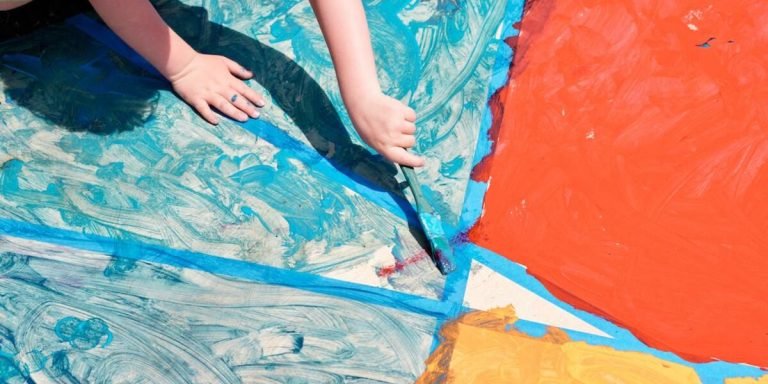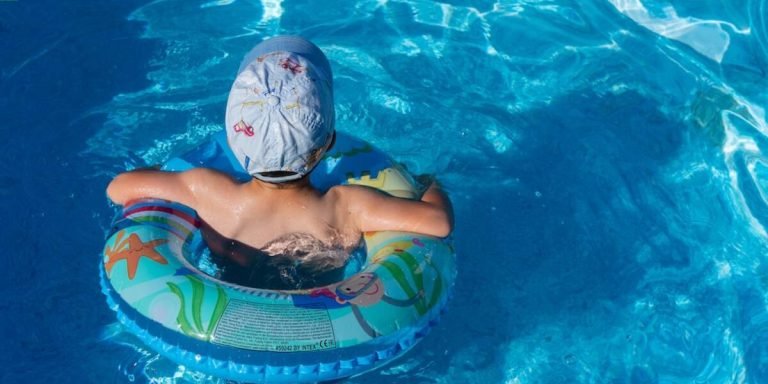Topics for the Science Fair: Stimulating and Engaging Ideas for Young Scientists
Delving into the world of science can be both exciting and daunting for young minds. Choosing interesting topics for the science fair is a critical step in sparking a child’s curiosity and fostering their love for scientific exploration. It paves the way for hands-on experiments, observational learning, problem-solving, and creative thinking.
However, selecting an ideal project that aligns with activity-based learning can often seem overwhelming – but it doesn’t have to be! This presents a wonderful opportunity to create engaging experiences where kids actively participate in their own education process. Bridging theory with practical application enriches understanding while nurturing crucial analytical skills that mold tomorrow’s innovators.
Did you know?
Did you know that the largest crystal ever found was a beryl (type of mineral) from Malakialina, Madagascar and measured approximately 59 ft. in length – an intriguing fact for all young geologists planning their Science Fair project on Crystal Growth!
Exploring the Benefits of Activity Based Learning for Science Fairs
In the evolving world of education, Activity Based Learning (ABL) is becoming a cornerstone for effective pedagogy. Its impact on learning becomes all the more pronounced when we think specifically about science fairs. In such events where young minds showcase their understanding of scientific concepts through practical demonstrations, ABL can truly work wonders.
Why so much emphasis on integrating activity-based approaches with preparing topics for the science fair? Well, it’s simple- this method connects theoretical knowledge to real-world applications better than traditional teaching methods do. Students get hands-on experience and develop critical thinking skills as they explore different stages – from conceptualizing an idea based on classroom lessons to bringing that concept alive in form of a tangible project!
Let’s face it – technology isn’t going anywhere! 2023 has been another year witnessing tremendous advancements in how tech is blending seamlessly into our educational systems. And why should children be left out from experiencing these positive shifts?
For instance, using digital tools such as simulators or virtual reality to design preliminary models before crafting actual projects allows learners not just access but also acclimatization with cutting-edge technologies at early age itself.
For educators too this shift proves beneficial: It opens up new avenues for guidance during each stage of designing entries – whether choosing suitable topics for the science fair or solving bottlenecks along execution phase – hence improving overall quality delivered by students under their supervision.
Integrating Hands-On Experiments with Theoretical Knowledge
Activity based learning can be an exceptional tool for enhancing children’s understanding of scientific concepts, and this is especially beneficial when applied to topics for the science fair. In a society where technology has become integral in education, it only makes sense to incorporate activity-based approaches within STEM-related fields.
One method involves blending hands-on experiments with theoretical knowledge – a potent combination that stimulates both practical skills and cognitive development. This approach offers students an interactive platform on which they can apply their textbook theories into real-world scenarios through meticulous investigation, observation, and deduction.
For instance, take the basic concept of plant growth. While traditional classroom teaching might involve reading about photosynthesis or illustrating diagrams of plants’ cellular structure in textbooks; integrating active-learning would mean actually planting seeds under different conditions such as distinct types lighting or soil compositions. These varied setups allow learners to practically observe how disparate environments affect plant life cycles—an empirical illustration exceeding any textbook description!
Similarly one could encourage construction of simple machines using everyday objects around us allowing deep dive exploration into mechanics—levers principles included! Undertaking these activities helps imbibe profound comprehension by correlating theory directly with related observable phenomena thereby reinforcing student’s grasp over subject matter.
A key focus here lies upon actively promoting critical thinking amongst pupils stimulating them question why things function way do instead passively absorbing information verbatim—a vital skill need cultivating increasingly growing digital age.
Stimulating Curiosity and Innovation Through Practical Tasks
Activity based learning, particularly when preparing topics for the science fair, encourages children’s curiosity and sparks innovation. By engaging students in practical tasks related to their projects, they delve into hands-on exploration that aids significant understanding of scientific principles.
The main importance of activity-based learning lies behind its experiential nature. Instead of merely reading or hearing about a concept from textbooks or lectures, learners actively participate in constructing models or conducting experiments. This formative interaction with educational material deepens comprehension and leaves lasting impressions on young minds.
Furthermore, integrating technology adds an exciting dimension to these activities – making it more relevant considering our ever-evolving digital world this 2023. For instance: designing a robot for the science fair nurtures programming skills while involving them with functional aspects of robotics; setting up weather monitoring devices can provide insights into data gathering and analysis techniques alongside environmental awareness.
Intermingling Activity Based Learning concepts along with developing topics for the science fair augments problem-solving abilities among students as well — a requisite skill not just limited within school grounds but extends far beyond academia reaching into accomplishing real-world challenges proficiently.
In essence, invigorating interest via concrete tasks enables pupils to relate theoretical knowledge towards shaping tangible outcomes seamlessly- especially so if such processes encompass modern technological tools drawing relevance within today’s digitally-inclined generation.
Designing Engaging Activity-Based Science Fair Projects
Incorporating technology into activity-based learning, specifically in designing science fair projects, can be an exciting journey for both parents and educators in 2023. Our modern society is fast-paced and digitally driven. This makes it essential to integrate technology into education settings, especially since children are innately curious about scientific discoveries made possible through technological advancements.
Designing engaging activity-based science fair projects with a tech element does not merely mean adding more screens or software programs; instead, the focus should be on promoting active participation so that students don’t just consume information but create content as well. Such incorporation of technology nudges students’ critical thinking skills while they apply learned concepts practically during their experiment preparations for the school’s annual Science Fair.
Moreover, when crafting these technologically integrated experiments for topics at the Science Fair this year, we must ensure they provide ample opportunities to encourage problem-solving abilities amongst young learners. Children should feel motivated to explore different techniques while troubleshooting glitches themselves if any arise during project execution – thus adapting better to unforeseen situations that come up in real-life scenarios too.
Students working collaboratively on such design-driven tasks will simultaneously foster teamwork skills – a vital competency required across industries today irrespective of one’s job profile! Hence incorporating digital tools meaningfully from early schooling years paves ways towards helping them prepare holistically for future success stories yet untold!
Crafting Hypothesis-Driven Experimental Designs
Crafting a hypothesis-driven experimental design starts with selecting interesting topics for the science fair. A captivating topic is crucial in drawing your little scientist’s curiosity and attention, but it must also sync well with the idea of integrating technology into education.
Firstly, brainstorm on ‘what if’ questions that pique interest around unproven scientific phenomena or theories – these often make robust hypotheses. Encourage children to seek answers beyond what they already know; Let them ponder over why things happen as they do? Or how human activities impact our environment?
Next in line is designing concise experiments based on these researchable problems. Yes! It’s about leveraging technology tools available at disposal here to simulate cause and effect relationships between variables under study – sounds fun right?
This not only enhances their learning experience but also immerses kids actively into explorative discovery paths.
Remember while crafting an experiment plan, ensure it supports measurable objectives saying explicitly: If I do this (the independent variable), then this will happen (dependent variable). Posing such predicaments spark critical thinking among learners besides pushing boundaries of conventional classroom methods.
Notably too, consider safety factors relevant to chosen topics for science fairs when planning out procedures using tech equipment like AR/VR sets encouraging virtual tours within laboratory settings from home comfort!
Selecting Appropriate Materials for Maximum Engagement
Selecting appropriate materials for your science fair project can significantly affect the level of engagement and learning outcomes. When integrating technology in education, particularly with topics for the science fair, it becomes crucial to choose resources that cater not just within the theoretical aspects but also encourage practical hands-on experience.
Firstly, consider what kind of physical activity is involved in your selected topic. For a study involving botany or ecology-based themes such as ‘Effects of Climate Change on Local Flora,’ you’d require outdoor observation time, plant samples and potentially digital microscopes which display results on computers or tablets via USB connectivity.
Secondly, align all activities with current 2023 technological trends where possible. For instance, if delving into astronomy-related projects like ‘Exploring Constellations,’ take advantage of apps and websites that provide real-time stellar maps rather than relying solely traditional telescopes.
Another critical approach while selecting materials involves considering student’s capabilities too including their technical knowledge – basic coding skills could be required if working on robotics-centric subject matter; similarly higher-end software usage might come to play when looking at graphics-intensive subjects.
Moreover keep some room flexible because during research phase students often tend to pivot from original idea towards more exciting ones they discover along way; so opt for versatile tools & applications able cope up these changes efficiently well without losing core aim ensuring maximum involvement every step taken towards culmination final exhibit day!
Assessing Learning Outcomes in Activity Based Science Education
The integration of technology and education has transformed traditional learning in fascinating ways. Particularly, it lends to the concept of activity-based science education, providing a plethora of intriguing topics for the science fair. In this innovative approach, students participate actively rather than passively absorbing theory-filled lectures.
To create an effective learning environment that promotes active engagement with materials and concepts related to subjects like physics or environmental sciences requires strategic planning from educators. With advanced technological tools available in 2023, they can design real-world scenarios within classrooms which foster observation skills necessary for scientific exploration.
Successful implementation relies heavily on assessing whether these hands-on activities are translating into tangible learning outcomes. Educators need to measure student performance through various engaging tasks at regular intervals—be it conducting experiments using modern software or presenting their take on popular problems around climate change.
From robotics programming challenges to creating models depicting solar systems’ formation, imagine youngsters working attentively while imbibing core principles first hand – That’s Activity-Based Science Education employing Technology Integration transforming childhood education landscape across global societies today!
Measuring Cognitive Gains through Project Analysis
Incorporating activity-based learning in science education has been proven to enhance students’ cognitive gains significantly. One of the practical ways this can be achieved is through project analysis, especially when tackling topics for the science fair.
These projects present an engaging and hands-on method by which children can apply scientific concepts. It’s not wholly about memorization or theory reproduction but more focused on understanding principles via experimental execution. This style of learning encourages creativity while also promoting independent problem-solving skills – a necessity in our ever-advancing technological society.
The primary step in measuring cognitive gain is selecting appropriate topics for the science fair that align with current curriculum goals and applicable technology integration. In 2023, recommended themes could encompass areas such as sustainable energy production, food nutrition analysis, or explorations into artificial intelligence applications – all relevant reflections of contemporary societal challenges.
Evaluating Soft Skills Development Post-Science Fair Participation
Whether it’s an in-school science fair or a large-scale state-level competition, participating in such events can have incredible benefits beyond just academic learning. One important aspect that often goes overlooked is the development of soft skills through these experiences. Let’s delve into some key areas where we see this growth and how to evaluate if your child has made progress post-science fair participation.
If you are looking for ways on “how to integrate technology education?”, remember every scientific project starts with an idea yet needs articulation and presentation – written or spoken- at multiple stages before coming alive as topics for the science fair projects. The process nurtures children’s communication abilities right from their conceptualizing stage till presenting final outcomes during fairs.
Creating a viable solution as per topic drawn requires tackling issues head-on using analytical reasoning: problem-solving becomes second nature after successful completion of several trial-and-error attempts while working on various activities based learnings methodologies integrated with modern-era technological tools available today.
Conclusion
In essence, the journey of exploring various “topics for the science fair” can be a thrilling and educational voyage for both young scientists and their mentoring adults. Not only will these experiences spark curiosity but also lay robust foundations in scientific knowledge allowing them to better understand our world. And let’s not forget, it can indeed introduce some fun-filled parent-child bonding time that goes beyond typical after-school games.
So don’t hesitate! Explore more on our website where we offer an abundance of guidelines to navigate children’s education efficiently. Whether you’re seeking support as a teacher or aiming at being an effectively engaged parent in your child’s developmental years – rest assured!
You are just clicks away from obtaining plentiful resources designed with expertise and care because educating isn’t about providing information; it is all about cultivating understanding worth cherishing.

